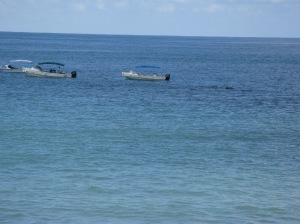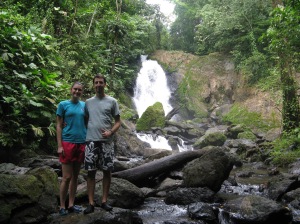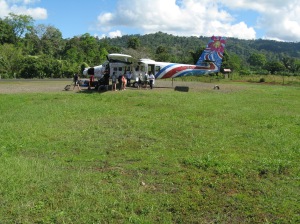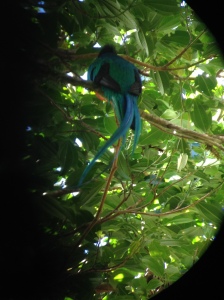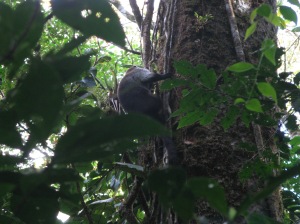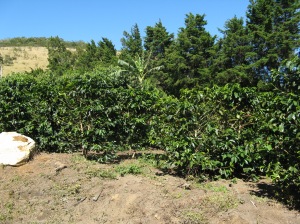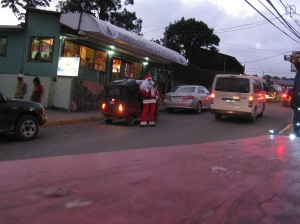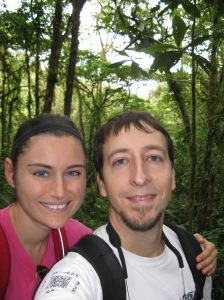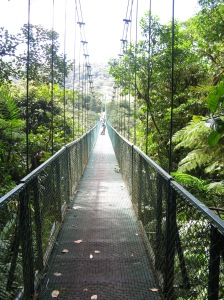On our seventh day we planned to go snorkeling off of Isla del Caño. We packed up our snorkels, had an early breakfast and caught our boat at 7:50am which already had divers and some snorkelers on board. We traveled south down the coast and picked up some additional snorkelers at a tent camp. We then turned west and headed towards the island. On the way to the island we looked for whales and dolphins but did not see any. Once we arrived at the island we dropped off our paperwork at the ranger station. This would be the best place to be stationed in their national park system (Picture 1). After we dropped off the divers we headed towards the rocks where we would be snorkeling (Picture 2). The waves were a little choppy and the clarity was low (2 meters visibility). We had an amazing guide named Johnny who was very animated and tried his best to ensure that everyone was able to see as much as possible. He was very knowledgeable and told us about all the fish we saw. We were able to see lobster, parrot fish, triggerfish, anchovies, and pufferfish (yellow and spotted) among others. There was very little coral but many big rocks most likely from volcanic origins. Unfortunately, we did not have an underwater camera for this trip so you will just have to use your imagination!
After we picked up the divers we went ashore for a quick break to look at the ranger station and relax. There were some interesting artifacts and bones that had been collected from around the island. Some think that there may have been pre-Columbia civilizations that inhabited the island. One of the most interesting artifacts that have been found on the island are stone spheres (Las Bolas) which were though to carved between 200 BCE and 1500 CE and are made of Gabbro. It is unclear where these spheres originated or how they were constructed as some of them are rather large. Our guide theorized that they were rolled from far away and that was how they became round. I think that it could have been an interesting initiation into adulthood and the bigger the stone you rolled back the more respect you gained from the tribe. Or aliens.
We went back out for one more snorkel and Jeanna and I were able to see a turtle but only briefly. The divers said that they saw sharks and we were jealous. After our snorkel we boated over to San Josecito for lunch which is a popular destination for many tour groups (Picture 3). One the way to the beach I was able to see a flying fish for the first time! It just popped out of the ocean and flew for what seemed like a long time. It was very interesting to see. For lunch we had sandwiches, pasta salad, watermelon, rice, fish, veggies and cookies. After lunch we explored the beach and Jeanna took a little dip. The beach was very beautiful especially through Jeanna’s sunglasses (Picture 4). After lounging around we headed back to the resort to have afternoon tea.
That evening we decided to relax at the bar and we picked a good day because there was a large sailing vessel that was just leaving. We got to watch as it put up each sail and head out into the ocean. It was quite mesmerizing (Picture 5) and I fantasized about sailing around the world in a big expensive boat. This was probably enhanced by the local rum and coke (Picture 6). We explored around again and Jeanna was able to take a cool panoramic shot with her phone of the resort (Picture 7). It looked a little cloudy but never rained. This was our last evening and dinner at Drake Bay Wilderness Resort and we enjoyed dinner with our new friends and we had a good conversation about wetlands. We thoroughly enjoyed our time there and highly recommend it. Everyone was fantastically helpful, the food was great, the rooms were great and the tours and guides were the best.





























